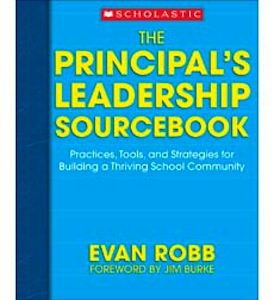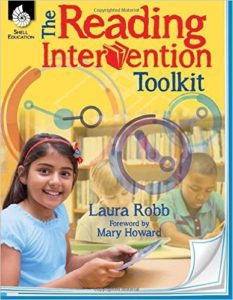Leading Schools in Disruptive Times: How to Survive Hyper-Change
New Albany HS Principal, NASSP Digital Principal, co-author, speaker, teacher, learner. Dwight Carter visits The Robb Review!
You would be hard pressed to talk to a teacher, secretary, or school administrator who would say we are not experiencing some disruptive times in education.

Since 2008, public perception of educators, in general, has been less than favorable. Expectations have increased exponentially, yet funding education initiatives have not grown at the same pace. One might say we face one disruption after another, yet we continue to find ways to meet the needs of our students, engage parents, respond to community desires, and do what is best for all stakeholders.
I recently co-authored a book with my mentor and good friend Mark White, titled, Leading Schools in Disruptive Times: How to Survive Hyper Change. As the political and social climate in our nation has changed, the release of this book could not have come at a better time.
We explore seven disruptions educators are facing today; we define what we mean by disruption, disruptive event, and hyper change.
Understanding these working definitions give greater depth to each disruption described:
- Disruption- any invention or societal shift that gradually changes how schools operate.
- Disruptive Event- an incident based on a disruption that suddenly changes how schools operate.
- Hyper change- changes that stacked on top of changes in new areas that might not have existed a decade ago.
With that in mind, we describe seven disruptions school leaders face today:
- Student Safety- School safety has taken on a whole new meaning since Columbine. Greater measures are in place to identify students who do not feel a sense of belonging and society continues to grapple with how to reduce and eliminate school shootings. Schools are asked to provide in-depth mental health supports while focusing on the academic progress and achievement of students.
- Accelerating Technology –Technology has become cheaper, smaller, faster, and more accessible than ever before and school leaders must find ways to integrate its use in schools.
- Reform Efforts – Unfunded and rapidly changing mandates that include new ways of assessing student learning to more complex evaluation systems leaves school leaders scrambling to keep up.
- Generational Challenges- Millennials are entering the teaching ranks that are led by Gen X’ers and Boomers. Without an adaptive mindset, this could negatively impact overall student achievement if not handled properly.
- Global Readiness – Skill development is far more important than content absorption, so school leaders have to work with stakeholders to define what success looks like in their schools and identify the key skills they want to students to develop.
- Complex Diversity Issues- Race, gender, immigration, and sexual identity are topics that create more diversity challenges for today’s school leaders.
- Demand for Transparency- Information is accessible 24/7 and stakeholders demand that school leaders find ways to keep them informed about student performance, provide report card data, and immediately provide safety updates at a moments notice. It’s become a societal expectation.
This may seem overwhelming, and it is. However, we introduce a framework school leaders can use when confronted with a disruption that we call CAT Framework: Cope, Adjust, Transform. We share stories from 21st school leaders and educators who have faced one or more of these disruptions, what they learned, and what they would do differently in the future. Through their stories, the reader can reflect on their daily work using the guided questions and CAT Framework activities at the end of each chapter.
In such a time as this, “It’s often the administrator’s voice that must resonate. In dark times, it must be a ray of light that others may follow. Now more than ever, administrators must be visible and plugged in with their students and staff.”
Be Great,
Dwight Carter
![]()











